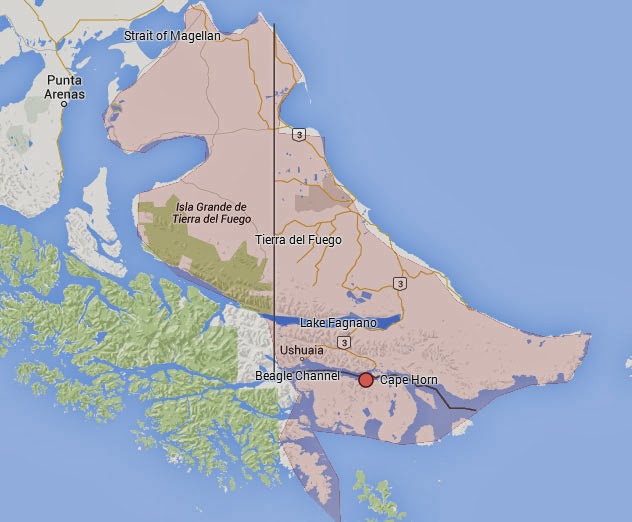An undescribed species of bird from Southeast Peru: A case for potentially more discoveries
I stumbled upon this old note and thought it conveys the potential for discovering new cryptic species in places and bird communities that are thought to be well known. This new species of Twistwing now known as Rufous Twistwing (Cnipadectes superrufus), resembles the well known and widespread Brownish Twistwing (Cnipadectes subbrunneus). As you will see below, this species was overlooked until experienced ornithologists, including our own Thomas Valqui noticed something different about this bird. Further field work and research turned out evidence that this indeed
was an undescribed Twistwing, which occurred in places that are frequently visited by scientist and bird watchers. This discovery sheds light on the potential for similar discoveries in the mega-diverse avifauna of Peru. The authors include: Daniel F. Lane, Grace P. Servat & Thomas Valqui H. and Frank R. Lambert.
Rufous Twistwing (left). Source: Neotropical Birds, Cornell Lab of Ornithology. Brownish Twistwing (right). Source: The Internet Bird Collection.
A distinctive new species of twistwing (Tyrannidae: Cnipodectes) from southeastern Peru has been discovered. Despite extensive ornithological research in the region, this species has escaped notice, which suggests that it may be restricted to larger blocks of forest dominated by bamboo, a habitat poorly surveyed in Amazonia. Currently known from only a few sites in the departments of Madre de Dios and Cuzco, the species life history is very poorly known. To date, the only other species of Cnipodectes, C. subbrunneus (Brownish Twistwing), is not known from most of southeastern Peru.
Distinctive Vocalizations (song ) by Rufous Twistwing (left) and Brownish Twistwing (right).
On 22 February 1990, Grace Servat netted a large rufous flycatcher in a patch of while making avifaunal surveys within the Reserve Zone of Parque Nacional Manu. At the time, without reference material available, the bird was photographed in hand, prepared as a dried skin, and left unidentified. The specimen was deposited at the Museo Nacional de Historia Natural de la Universidad San Marcos. The specimen remained unstudied until November 2002, when Danile Lane found it in the museum collection and realized that it was an undescribed species. The first natural-history information was obtained on 15 September 2003, when Frank Lambert independently found and videotaped an individual in Manu. Amazingly, while we were writing this paper in February 2004, Thomas Valqui reported the species from the lower Río Urubamba, department of Cuzco, while conducting survey work there.
The full article can be found in the The Auk, Volume 124, No 3, July 2007. A DISTINCTIVE NEW SPECIES OF TYRANT FLYCATCHER (PASSERIFORMES: TYRANNIDAE: CNIPODECTES) FROM SOUTHEASTERN PERU.
 |  |
Rufous Twistwing (left). Source: Neotropical Birds, Cornell Lab of Ornithology. Brownish Twistwing (right). Source: The Internet Bird Collection.
A distinctive new species of twistwing (Tyrannidae: Cnipodectes) from southeastern Peru has been discovered. Despite extensive ornithological research in the region, this species has escaped notice, which suggests that it may be restricted to larger blocks of forest dominated by bamboo, a habitat poorly surveyed in Amazonia. Currently known from only a few sites in the departments of Madre de Dios and Cuzco, the species life history is very poorly known. To date, the only other species of Cnipodectes, C. subbrunneus (Brownish Twistwing), is not known from most of southeastern Peru.
Distinctive Vocalizations (song ) by Rufous Twistwing (left) and Brownish Twistwing (right).
On 22 February 1990, Grace Servat netted a large rufous flycatcher in a patch of while making avifaunal surveys within the Reserve Zone of Parque Nacional Manu. At the time, without reference material available, the bird was photographed in hand, prepared as a dried skin, and left unidentified. The specimen was deposited at the Museo Nacional de Historia Natural de la Universidad San Marcos. The specimen remained unstudied until November 2002, when Danile Lane found it in the museum collection and realized that it was an undescribed species. The first natural-history information was obtained on 15 September 2003, when Frank Lambert independently found and videotaped an individual in Manu. Amazingly, while we were writing this paper in February 2004, Thomas Valqui reported the species from the lower Río Urubamba, department of Cuzco, while conducting survey work there.


Comments
Post a Comment